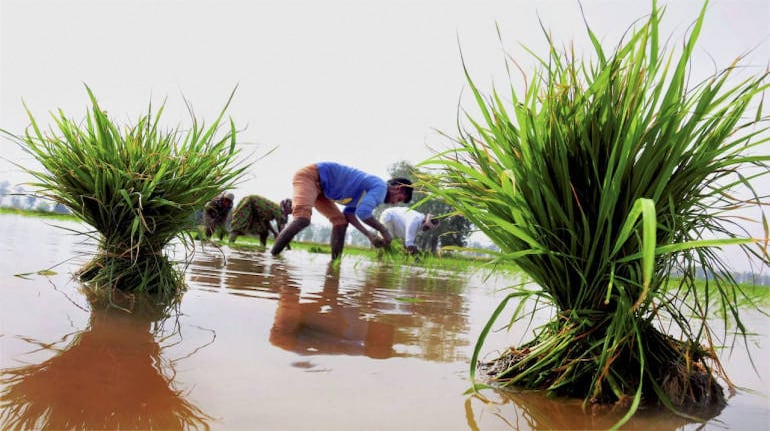



Ruchi Agrawal
Moneycontrol Research
Although the monsoon seem to be picking up with all vigor, the portion of the season which falls in Q1 FY19 remained majorly dry and scattered. The latest statistics released by the Ministry of Agriculture & Farmers’ Welfare reveal a weak year-on-year (YoY) trend in sowing numbers across crops until July 4.
Since June is a major sowing month, the weakness might reflect in the upcoming Q1 FY19 numbers of seed producers. Sowing activity will have to rapidly pick up to keep crop output in line with expectations. We will have to wait and watch how much sowing would get postponed to Q2.
Monsoon progress scattered
Until Q1 FY19, the monsoon’s progress remained majorly scattered and tad disappointing with cumulative rainfall till July 4 being 6.6 percent lower than normal at 184.7 mm as against a normal of 197.8 mm. Of the major agricultural states, Uttar Pradesh, Bihar, West Bengal, Gujarat, eastern Madhya Pradesh and Jharkhand received below normal rains. Punjab on the other hand received above normal rains. Saurashtra, Kutch and Diu remained largely deficient. There was a substantial pick up in monsoon activity last week, which could help boost overall agri activity in the second quarter.
Sowing relatively lower YoY
Sowing numbers across crops have seen an average decline of around 14 percent YoY till date. Cotton sowing declined the highest by 24 percent. This could possibly be due to the pink bollworm issue which impacted crop production and quality substantially last year. Pulses and rice followed and fell 19 and 15 percent, respectively. Sowing acreages for coarse cereals and oilseeds declined almost 13 percent, though this number is expected to shoot up.
Despite overproduction and crashing prices, sugarcane sowing increased 1.6 percent, further highlighting the skewed crop distribution due to populist government policies.

The water level in the 91 major reservoirs across the country was on an average 11 percent higher than last year at 32.847 BCM (billion cubic meters). This is 20 percent of the total storage capacity of these reservoirs. It is important to note that 31 of these 91 reservoirs are located in southern India where monsoon activity remains strong.
Regionally, the onset of monsoon remained scattered and varied across regions. While reservoir levels in southern Indian remained high and almost doubled over last year, the same for northern (-44 percent YoY), western (-32 percent YoY) and central (-17 percent YoY) India remained largely below last year’s levels. Reservoir levels in east India remained largely flat YoY.
States having better storage than last year for the corresponding period are Rajasthan, Jharkhand, West Bengal, Tripura, Uttarakhand, Andhra Pradesh and Telangana, Karnataka, Kerala and Tamil Nadu. States having lesser storage than last year for the corresponding period are Himachal Pradesh, Punjab, Odisha, Gujarat, Maharashtra, Uttar Pradesh, Madhya Pradesh, Chhattisgarh and Telangana.
OutlookWhile the monsoon season lasts longer, June and July are crucial months as major kharif sowing happens in these months. Any weakness reflects in the overall crop output and thereby overall rural purchasing power. The current monsoon strength seems to be covering up for the scanty and scattered pattern till now and a lag effect might be observed in Q2 FY19. A lot would depend on how the monsoon progresses from here on and would be something to watch out for.
For more research articles, visit our Moneycontrol Research Page.
Discover the latest Business News, Sensex, and Nifty updates. Obtain Personal Finance insights, tax queries, and expert opinions on Moneycontrol or download the Moneycontrol App to stay updated!
Find the best of Al News in one place, specially curated for you every weekend.
Stay on top of the latest tech trends and biggest startup news.